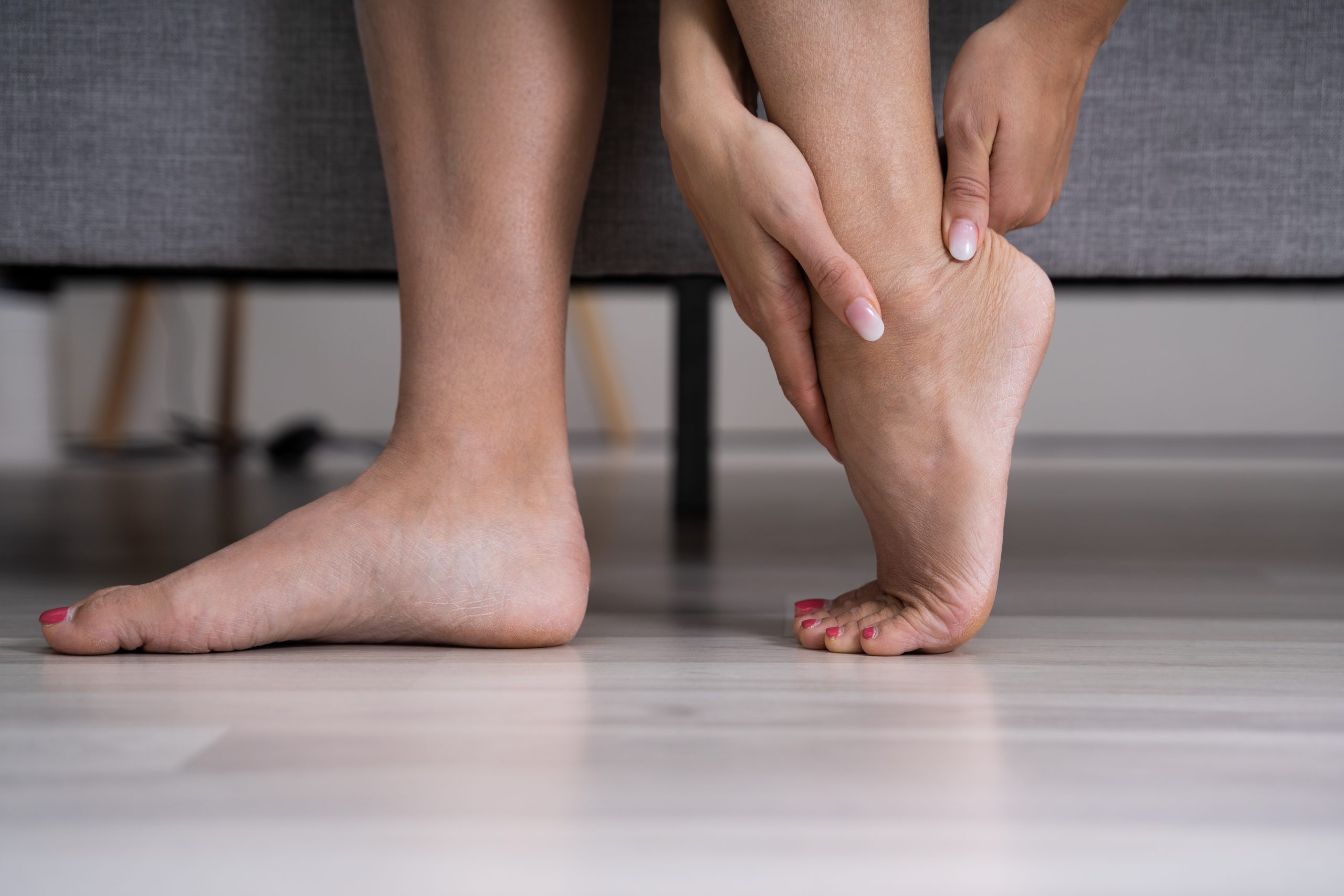The Achilles tendon rupture is a common occurrence among athletes, particularly those who engage in sprinting or jumping. It is a foot and ankle condition that arises as a result of repeated attempts endured by a weaker part of the body. There are, however, effective treatments that can help it heal.
Symptoms of Achilles tendon rupture
The Achilles tendon, which connects the calf with the heel, is one of the body’s thickest and most powerful tendons. It is the one that allows you to bend your foot. The Achilles tendon becomes weak as a result of inflammation and calcification, and it can rupture if the calf muscle is overstretched.
Tendinitis is one of the signs that precedes the rupture of the Achilles tendon. When you feel the back of your ankle, look for pain or swelling to see whether you have Achilles tendinitis. It may also make walking difficult and cause stiffness in your motions, and the discomfort may worsen while you are active.
Stabbing pain, swelling of the leg, and trouble walking are all symptoms of an Achilles tendon rupture. The calf and heel are perceived as painful and, depending on whether the tendon is partially or totally torn, movements in this area of the body are then more or less possible to perform.
Take note that an ultrasound scan will be required to identify whether the tendon is injured or torn, as well as the optimal treatment for its recovery.
Common causes
Although it can happen as a result of a chronic condition like arthritis or diabetes, the Achilles tendon rupture is more common among athletes who run or jump. It is true that repetitive and dynamic movement of the heel and ankle can wear down the tendon and cause it to rupture.
Warm-up activities allow the tendons and muscles to move and stretch before a sports activity, preparing them to withstand an extreme effort. A stretching session should be scheduled after the activity session as well. You can soothe your muscles by using a cold compress to minimize inflammation and soreness if necessary.
It is a good idea to have a professional look over your running technique. This will keep you from sticking to a strategy that will harm you in the long term.
A podiatrist can assess whether your feet and ankles are properly aligned to prevent tendons from wearing down and, if required, prescribe activities to correct your alignment.
Finally, your choice of sports shoes may also contribute to early tendon damage. Before you buy them, try them on and think about how much effort you will be putting in, in proportion to your weight and shoe size.
The right treatment to repair the Achilles tendon
A ruptured Achilles tendon can be treated in a variety of ways. Depending on the severity of the damage, the patient may require a cast or splint, or an orthopedist may recommend and execute a surgical procedure.
When wearing a cast, the foot is initially placed in a posture that prevents the tendon from growing and encourages healing, and then the foot is gradually restored to its physiological position, allowing the tendon to regain its length and flexibility.
If surgery is required to repair an Achilles tendon rupture, there are two options. The first is open surgery, which is usually done on healthy people with low risk of complications; the second is to repair the tendon with small incisions surrounding it. Although this method reduces the danger of infection, it does necessitate a somewhat longer period of immobility.
Remission takes many months in all cases, and a podiatric follow-up is necessary, especially if you want to return to your normal sports activities safely.
Check the condition of your Achilles tendons
You can already reduce the chance of rupturing your Achilles heel by stretching and warming up your muscles. However, if you want to have an inspection of this region to protect yourself against an accident, do not hesitate to contact a FootNetwork’s podiatrist today.

